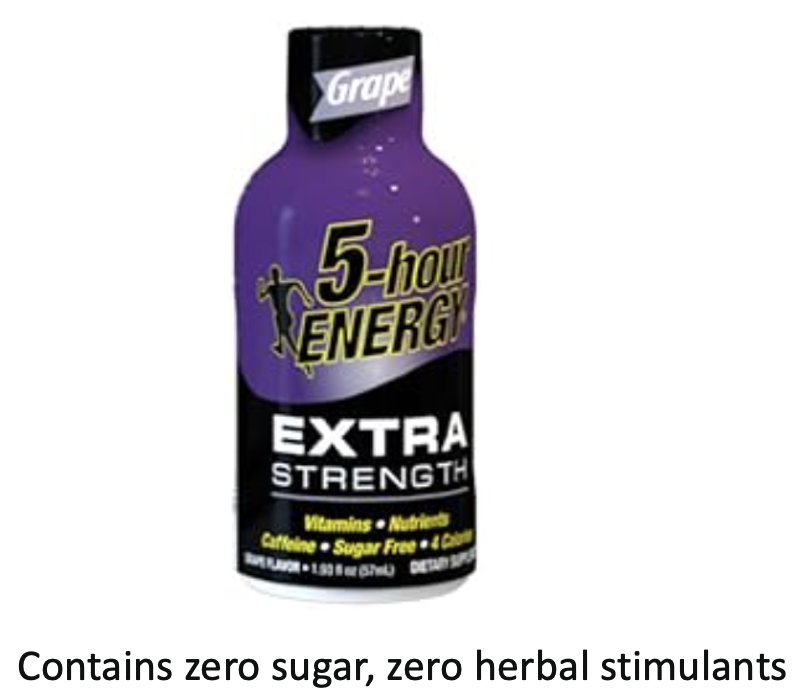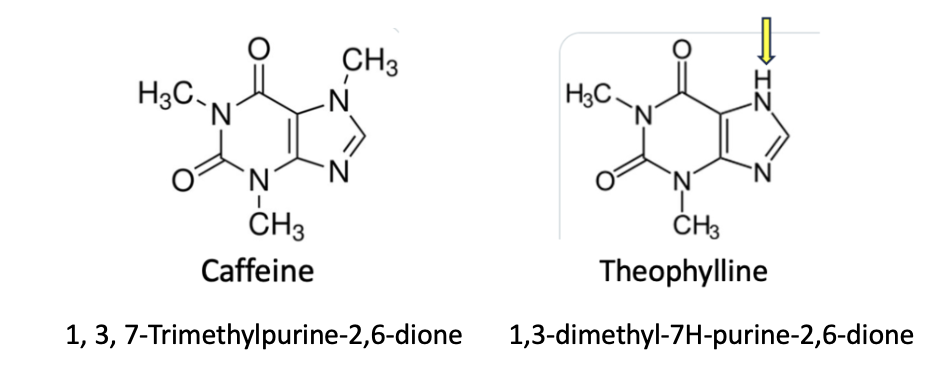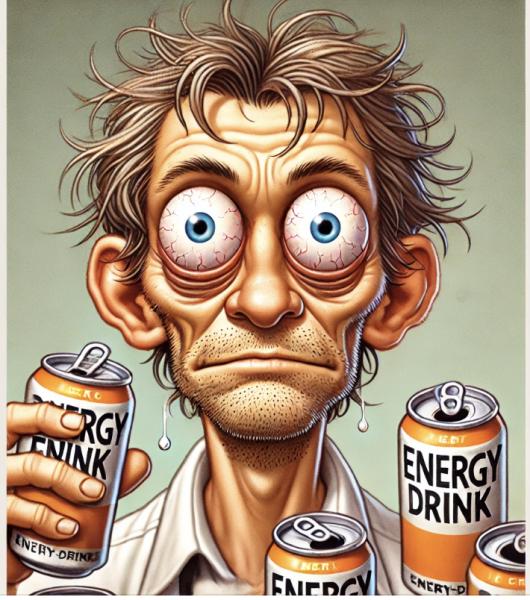A recent article in New Scientist is entitled "The Science of Coffee and its Effect on Both Body and Mind." Author Jasmin Fox-Skelly knows what we at ACSH have been preaching for decades: That the dose makes the poison. Of course, we're talking about caffeine. (I won't be discussing the health benefits of coffee. Here's a Cochrane Review that does so quite thoroughly.)
Coffee’s best-known component, caffeine, is estimated to be the most widely used psychoactive drug in the world, with billions of people consuming it every day. But unlike other addictive substances, it is largely unregulated, and nobody would flinch at the idea that you might struggle to function without it from the moment you wake up.
Jasmin Fox Skelly
Fox-Skell's premise is that caffeine, found in spades in so-called "energy drinks," can be dangerous when consumed in excess. We'll get to that in a moment.
Caffeine energy drinks do not supply energy
Caffeine contains zero calories; it is not a source of energy. But the loosely-used term comes from its mechanism of action:
- Blocks adenosine receptors in the brain, reducing feelings of drowsiness.
- Stimulates adrenaline release which can increase heart rate.
- Increases blood flow by affecting both vasodilation and vasoconstriction.
- Enhances fat breakdown (lipolysis), releasing fatty acids (fuel) from fat tissues.
It is correct to say that while caffeine itself doesn't directly provide energy (as in calories), it increases the perception of energy by stimulating several indirect processes in the body.
The only real "energy" provided by these drinks is sugar (1), although they contain all kinds of health-like-sounding stuff like B vitamins and taurine, which may act in synergy with caffeine. Basically, energy drinks are little more than water and maybe sugar with a bunch of stimulants and some vitamins that may or may not do anything thrown in.
Is it safe to use energy drinks?
First, we need to look at what the FDA considers a safe dose. For adults, 400 mg per day is considered safe. The agency gives no comparable advice for teens, but the American Academy of Child and Adolescent Psychiatry recommends a maximum of 100 mg per day (about two cans of caffeinated soda) for teens, although this sounds like it may be a bit on the cautious side.
How much is dangerous?
Overdose deaths from caffeine are exceedingly rare, but overdoses are not as uncommon. A 2013 report from the Substance Abuse and Mental Health Services Administration reported that the number of emergency department visits involving energy drinks doubled from 10,068 in 2007 to 20,783 in 2011, the majority of the cases involved males. While this pales in comparison to the approximately one million annual visits from alcohol, a review article in the journal Nutrients states:
This review aims to examine the reported effects of acute or chronic abuse of energy drinks on human health.The analysis shows a significant prevalence of adverse effects, particularly on the cardiovascular and neurovegetative systems.
Nutrients. 2023 Sep 9;15(18):3922. doi: 10.3390/nu15183922.
The worst offender, according to a 2023 report from Northwell, is 5-Hour Energy Extra Strength, which contains 70 mg of caffeine per ounce. So, one bottle (1.93 oz) contains 135 mg. By comparison, an average cup (8 oz) of black coffee contains 95 mg. The obvious difference here is that it is far easier to guzzle 2 ounces (4 tablespoons) of a cool liquid, especially in an athletic event, than a cup of hot coffee. This is where teens and young athletes can run into trouble. One bottle of 5-Hour Extra Strength exceeds the caffeine limit recommended for teens, and three bottles meet the maximum daily limit for adults (2).

Sounds delicious
Caffeine is just another drug
The paragraph header may be trite, but it's especially true for caffeine. That's because it's very closely related to a now-little-used asthma drug called theophylline.

Caffeine and theophylline, both methylxanthines, differ by only one methyl group (yellow arrow), but look at the names. Is it any surprise that chemistry makes people crazy?
A little about theophylline
Theophylline is now rarely used because of better asthma therapies and also a narrow therapeutic index (TI), which means that blood levels of the drug have to be monitored. It should be obvious why:
- Effective dose (therapeutic blood concentration for asthma): 5–15 µg/mL.
- Toxic dose (concentration at which adverse effects occur): Above 20 µg/mL.
A TI of ~2, meaning that the drug is toxic at twice therapeutic levels, is simply terrible. By comparison, aspirin, which is also classified as a low-TI drug, is toxic at about 10 times its therapeutic dose.
Theophylline and caffeine are both similar and different.
- Both drugs block adenosine receptors, leading to central nervous system stimulation.
- Both can act as bronchodilators, although theophylline is more potent than caffeine.
- Caffeine is more commonly used for this CNS stimulation, while theophylline is used more for respiratory conditions.
- Both are diuretics.
- Theophylline requires close monitoring due to its narrow therapeutic range and risk of toxicity (e.g., nausea, arrhythmias, seizures) at high blood levels.)
- Caffeine does not require blood monitoring. Its TI is estimated to be about 1,000, compared with ~2 for theophylline.
- A small amount (4%) of theophylline is formed during the metabolism of caffeine. This is why caffeine was used in the early 1900s for asthma, albeit without much success.
- While having similar properties, the main difference between the two is the safety of caffeine
Bottom line
Caffeine is, by any measure, a drug that is used for "energy," even though it does not provide it directly. Instead, it increases the perception of energy. It is very similar in structure to the asthma drug theophylline but has one large difference. Even though both are drugs from that methylxanthine class, are nearly identical in structure, and operate (mostly) by similar mechanisms, caffeine is much safer. But is not a lollypop.
When consumed in large quantities, it can cause a rapid heartbeat, and this is more pronounced in children and teens. In my opinion, marketing high-caffeine drinks to young people based on the false assumption that they will gain "energy" is sleazy and potentially dangerous. The FDA is contemplating banning the sale of these drinks to minors. I agree with the agency on this.
NOTES:
(1) Some of them don't contain sugar. Not terribly different from chewing on a No-Doz.
(2) For what it's worth, there are plenty of posts on Reddit from people who drink four or more bottles per day. There's even a 5-7 bottle entry.




